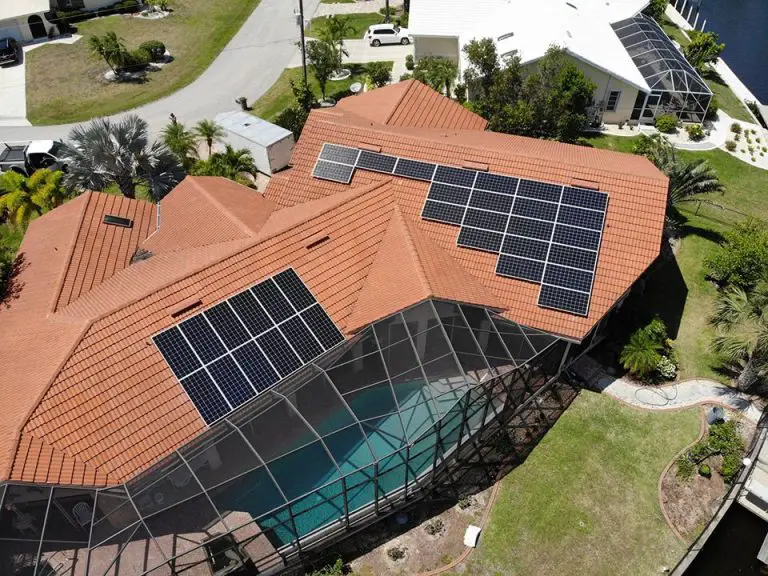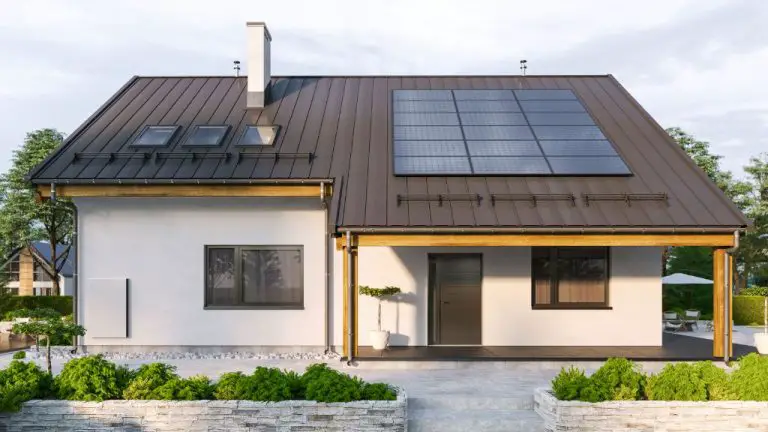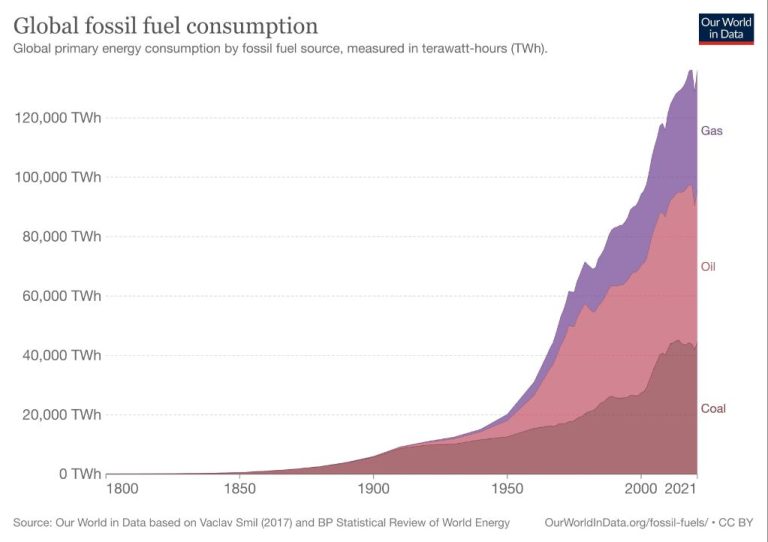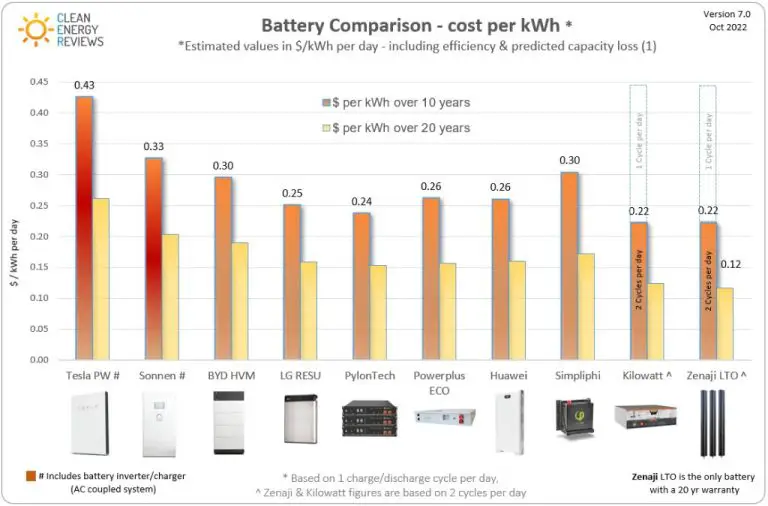What Areas Do You See For Research And Growth For Solar Power Generation?
Cost Competitiveness of Solar
The cost of solar power has declined dramatically in recent years thanks to technological improvements, manufacturing scale and steady market growth. According to Lazard’s annual Levelized Cost of Energy Analysis (LCOE), the cost of utility-scale solar PV electricity has dropped 88% over the last decade, from $359/MWh in 2009 to $42/MWh in 2019. This rapid cost decline has enabled solar to reach grid parity with fossil fuels in many major markets globally.
Part of this cost reduction has come from improvements in solar cell and module efficiency, allowing more power to be produced from the same sized panels. But the largest driver has been economies of scale in global production capacities. As solar deployment has expanded into the hundreds of gigawatts, manufacturers have been able to achieve lower costs through mass production, improved supply chains, and fierce competition.
Further cost declines are projected in coming years as solar technologies continue to mature. Emerging solar cell designs promise radical new efficiencies that could cut costs in half again by 2030. Automation and streamlining of manufacturing and installation processes will also lower balance of system costs. With these innovations and the continued growth of solar markets worldwide, solar is expected to become the cheapest form of electricity in most of the world within the next decade.
Energy Storage to Enable 24/7 Solar
One of the main challenges with solar power is its intermittent nature, only generating electricity when the sun is shining. Energy storage technologies are critical to enable solar power to provide uninterrupted 24/7 clean energy.
Batteries are one storage option, able to store solar energy during the day and discharge at night. Lithium-ion batteries have fallen dramatically in cost, making them an increasingly viable storage solution. Flow batteries like vanadium redox are also promising for utility-scale long-duration storage. Pumped hydro storage is another mature technology that works by pumping water uphill into a reservoir when solar supply exceeds demand, then releasing it through turbines when energy is needed.
Energy storage helps mitigate the variability of solar generation. With the ability to store and shift solar power, storage enables higher grid penetration of solar. Batteries can also provide valuable grid services like frequency regulation. Additionally, pairing solar with storage can allow solar power plants to seamlessly transition from just meeting daytime peak demand to serving base load power 24/7.
However, challenges remain in scaling up storage technologies cost effectively and integrating them smoothly into the grid. Energy storage research is focused on improving performance and longevity while driving down costs further. Smart inverter technology also plays an important role in enabling solar and storage to interact intelligently on the grid.
Advances in Solar Cell Efficiency
Solar cell efficiency has steadily increased over the past few decades, leading to reductions in the levelized cost of electricity from solar photovoltaics. Most commercial solar panels on the market today have cell efficiencies in the range of 15-22%. However, research laboratories have pushed efficiency records much higher through the development of advanced materials and cell designs.
The highest efficiency achieved for a traditional crystalline silicon solar cell in a laboratory setting is 26.7%, obtained in 2020 by UNSW Sydney scientists. For thin-film solar cells, the efficiency record is 23.35% for a gallium arsenide cell developed in 2016. Emerging multijunction cells that stack multiple semiconductor layers have achieved efficiency records above 47%.
Going forward, increased R&D into novel materials like perovskites and quantum dots has potential to push commercial solar cell efficiencies above 25% in the coming years. Design improvements like back-contact cells and passivated emitter rear cells can also reduce electrical losses. If new advanced designs can be mass manufactured at low costs, they could drive down the LCOE for solar even further.
Floating and Agricultural Solar
A promising area for growth in solar power generation is floating solar farms on bodies of water and agricultural solar on farmland. These innovative approaches allow solar panels to be installed on surfaces not being used for other purposes. Here are some of the key benefits and challenges of floating and agricultural solar projects:
Benefits:
- Makes use of vacant water space on reservoirs, ponds, quarry lakes etc. This avoids taking up land that could be used for other purposes.
- The water surface helps cool solar panels, boosting their efficiency.
- Reduces evaporation from the body of water.
- On agricultural land, solar panels can provide shade for crops and livestock.
- Enables continued use of land for farming or grazing underneath solar panels.
Challenges:
- Requires specialized mounting and anchoring systems suitable for water or farmland conditions.
- Risk of damage from flooding or storms needs to be managed.
- Floating solar development has higher costs than conventional ground-mount solar.
- With agrivoltaics, care must be taken to not shade out too much sunlight for crops.
- Long-term effects on bodies of water from shading are still being studied.
By leveraging surfaces like reservoirs and agricultural land, floating and farm-based solar have great potential for continued growth worldwide. With thoughtful design and engineering, these innovative solar installations can generate clean electricity while allowing other beneficial uses of the land and water.
Hybrid Solar Power Plants
Hybrid solar power plants combine solar energy with other forms of power generation, most commonly natural gas. These hybrid plants pair solar photovoltaic (PV) or solar thermal generation with natural gas turbines in an integrated facility.
Hybrid solar plants provide greater flexibility and reliability compared to standalone solar plants. The natural gas component can quickly ramp up or down to offset cloud cover or other solar variability. Natural gas also allows the plant to store energy and provide power after sunset. This makes hybrid plants more grid-friendly and dispatchable.
Additionally, the presence of solar generation means the natural gas component can operate at peak efficiency without frequent start/stops. Hybrid plants also have a smaller land footprint than separate solar and gas facilities. Overall, combining these technologies provides complementary operating profiles and efficiencies.
Transmission Infrastructure Upgrades
As solar and wind generation rapidly expand, upgrades to electric grid transmission infrastructure are critical to accommodate the variability of these renewable resources. Congestion and bottlenecks on existing transmission networks can curtail solar and wind output when supply exceeds local demand. Investing in new high-voltage transmission lines, grid interconnections between regions, and smart grid technologies can integrate larger amounts of solar and wind onto the grid.
Several plans are underway in the U.S. to improve transmission capacity for renewables. The Western Spirit project is building 140 miles of extra high voltage transmission lines in New Mexico to connect new wind and solar resources. The SOO Green HVDC Link will be an underground high voltage DC transmission line connecting renewable energy from the Midwest to population centers on the East Coast. Texas has plans to construct around $7 billion in new transmission lines that will enable substantial new solar capacity to come online in the state.
Globally, countries like China and India are making major investments in transmission infrastructure and ultra high voltage grid connections to absorb the new renewable generation capacity being built. Increased transmission connectivity and smart grid management capabilities provide flexibility in integrating solar output as it fluctuates throughout the day. Upgrading transmission infrastructure is a key step in scaling up solar generation on power grids worldwide.
Digitalization and Solar
The solar industry is embracing digital technologies such as artificial intelligence, blockchain, drones, and the internet of things (IoT) to transform operations, lower costs, and better integrate solar power to the grid.
Artificial intelligence and machine learning can analyze solar plant performance data to identify faults, optimize production, and forecast generation more accurately. This enables faster response to issues and improves solar plant efficiency.
Drones equipped with cameras and sensors can autonomously inspect solar panels to detect damage, dirt, and other problems that can degrade performance. This reduces the need for manual inspections and catches issues early.
Blockchain, along with IoT sensors, can facilitate decentralized peer-to-peer solar energy trading. This allows consumers to buy and sell excess solar power to their neighbors, enabling a distributed renewable energy grid.
IoT sensors on solar equipment can provide real-time performance data to operators and allow predictive maintenance to avoid downtime. Integrating solar forecast data with grid management systems enables better coordination and stability.
As solar power scales up globally, digital technologies will be critical to enabling more efficient operation, trading, and grid integration. Companies that leverage AI, drones, blockchain, and IoT sensors will gain a competitive advantage in the solar industry.
Solar Workforce Development
As solar power continues to expand, there will be increased demand for a skilled workforce to support the industry. Key jobs needed in the solar sector include installers, sales professionals, project managers, engineers, and electricians. To develop this solar workforce, partnerships between industry, government, and academia will be critical.
Vocational training programs and community college courses focused on solar installation and design can provide the hands-on skills needed for careers in the industry. Apprenticeship programs that combine classroom learning and on-the-job training are another effective model. Industry associations can also provide solar workforce certifications to validate skills.
Government initiatives like tax credits for solar job training or grants to educational institutions can incentivize building the skilled labor pool. Streamlining licensing and reducing red tape for solar workers’ mobility between states could also help. Workforce development boards can bring together solar companies, schools, and workforce agencies to collaborate.
Partnerships with high schools and universities to promote solar education and make internships and recruiting opportunities available are important for establishing a pipeline. Curriculum aligned with industry needs and input from solar companies on skills required will help graduates transition into the workforce.
With strategic workforce development initiatives, the solar industry can cultivate the human capital necessary to meet labor market demands and continue driving growth.
Global Solar Markets
Several countries have emerged as leaders in deploying solar power due to favorable policies, declining costs, and abundant solar resources. China currently has the most installed solar capacity in the world, having added over 50 gigawatts in 2020 alone. Other Asian countries like India, Japan, and Vietnam have also seen substantial growth as government auctions and incentives make solar power purchase agreements cheaper than fossil fuel alternatives.
In Europe, Germany continues to be a major adopter of solar power due to its feed-in tariff policy that guarantees above-market rates for renewable energy producers. Countries like Spain, Italy, and the Netherlands are also installing large amounts of solar. The United States has nearly doubled its solar capacity in the past few years and is now the third largest market globally.
Solar power is expanding in developing countries as well. Countries like Brazil, Chile, South Africa and Egypt in Africa have some of the best solar resources in the world and are working to attract investments through renewable energy auctions. International organizations are also funding solar projects as part of energy access programs in rural areas. With continued cost declines, solar is projected to become the cheapest electricity source globally within the next few years, setting the stage for massive growth worldwide.
Supportive Policies and Incentives
Policy support has been crucial in accelerating solar power adoption, bringing costs down through economies of scale. Important policies have included federal tax credits, net metering, renewable portfolio standards (RPS), and others. The federal investment tax credit (ITC) has provided a 26% tax credit for residential and commercial solar installations. Net metering has allowed solar owners to receive credit for excess power sent back to the grid. RPS policies have required utilities to source a portion of power from renewable sources.
However, as solar reaches increased penetration levels, new policy frameworks may be needed. Net metering is controversial with some utilities, as it can reduce demand charges that help fund grid infrastructure. As solar costs decline, high ITC rates may overly subsidize what is now cost-competitive. Targets under RPS policies are being met and may need raising. There are also challenges integrating large amounts of variable solar onto the grid.
Potential policy reforms could include a shift from high ITC rates to more flexible incentives when needed, phasing out net metering for a “value of solar” tariff compensating owners fairly, raising RPS standards over time, investments in grid energy storage to integrate renewables, and evolving electricity market rules to properly value solar’s benefits. Policy support will remain important in solar’s continued growth, but may need reassessment as solar reaches increased maturity.






